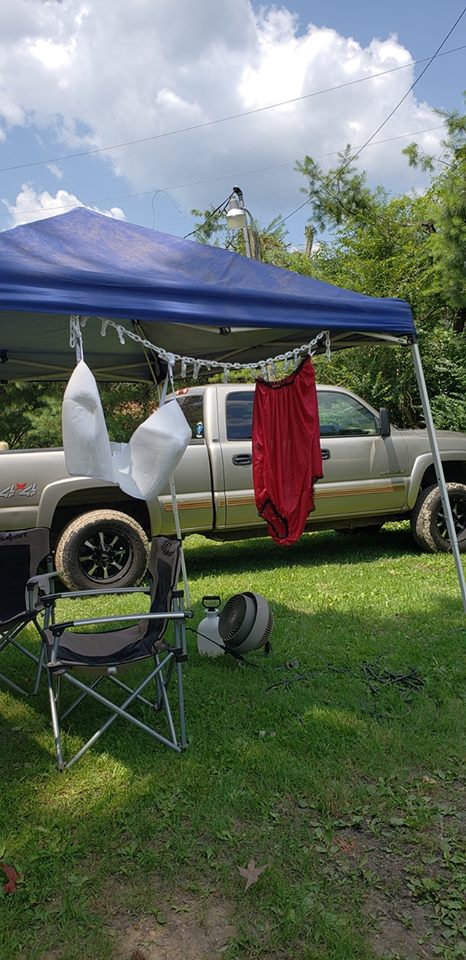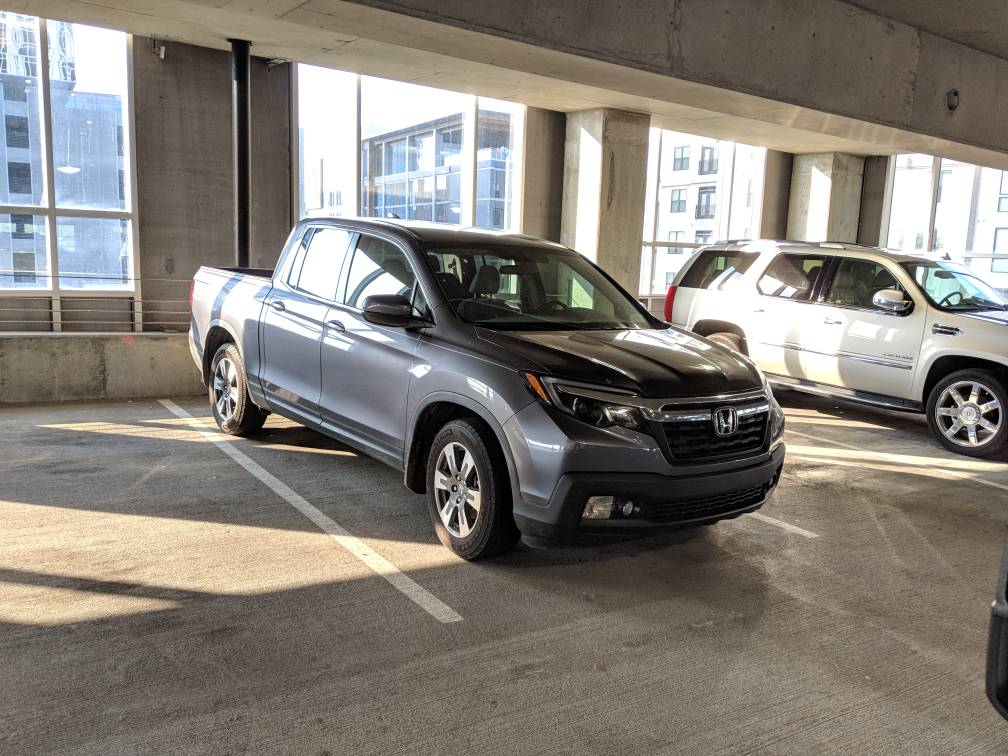GOAT
Well-Known Member
- Joined
- Apr 23, 2011
- Location
- Lincolnton
A girl name laquisha had the same pair on walking down south center street in hickory the other day.Brought my big girl panties & a bra

A girl name laquisha had the same pair on walking down south center street in hickory the other day.Brought my big girl panties & a bra

Good thing I gave you some high quality rubber todayFound this today while picking up some furniture from my wife's grandparents house.
View attachment 271826
Remember that one scene w the plug in??View attachment 271827
View attachment 271828
View attachment 271832
I have no idea what I would use this for!
@BRUISER aren't you the resident decorator! Need a mega strip?Remember that one scene w the plug in??
View attachment 271833
Hell ya@BRUISER aren't you the resident decorator! Need a mega strip?
The problem with this would be the common neutralView attachment 271827
View attachment 271828
View attachment 271832
Quite possibly the grand daddy of power strips.
By what I can tell it split 220 into two legs of 110 on separate breakers.
I have no idea what I would use this for!

This is why I stick mostly with making productive sparks. I did notice the input says 110 volt. But why the huge 3 prong twist lock plug? I was thinking like a 50 amp service on a camper. But now I don't think that's right, not enough prongs.The problem with this would be the common neutral
Good thing I gave you some high quality rubber today

So that's what they are calling it these days.....
A little longer & double the number of plugs, of 3 units I grabbed a few years ago. Mine are all 110. They were mounted in cabinets that computer & servers were plugged into. I mounted 2 on the shop walls. Quite handy at times!View attachment 271827
View attachment 271828
View attachment 271832
Quite possibly the grand daddy of power strips.
By what I can tell it split 220 into two legs of 110 on separate breakers.
I have no idea what I would use this for!
 solid knuckles and @4wheelsupply keyed arms.
solid knuckles and @4wheelsupply keyed arms.
It doesn't matter. Neutral and ground go to the same place. That plug might have a neutral and a ground. Some do, some dont.
You live in a nice subdivision
Starting you Log Cabin?

That's just UGLY! I don't care Who you are. It's Ugly!Honda trying to build trucks



